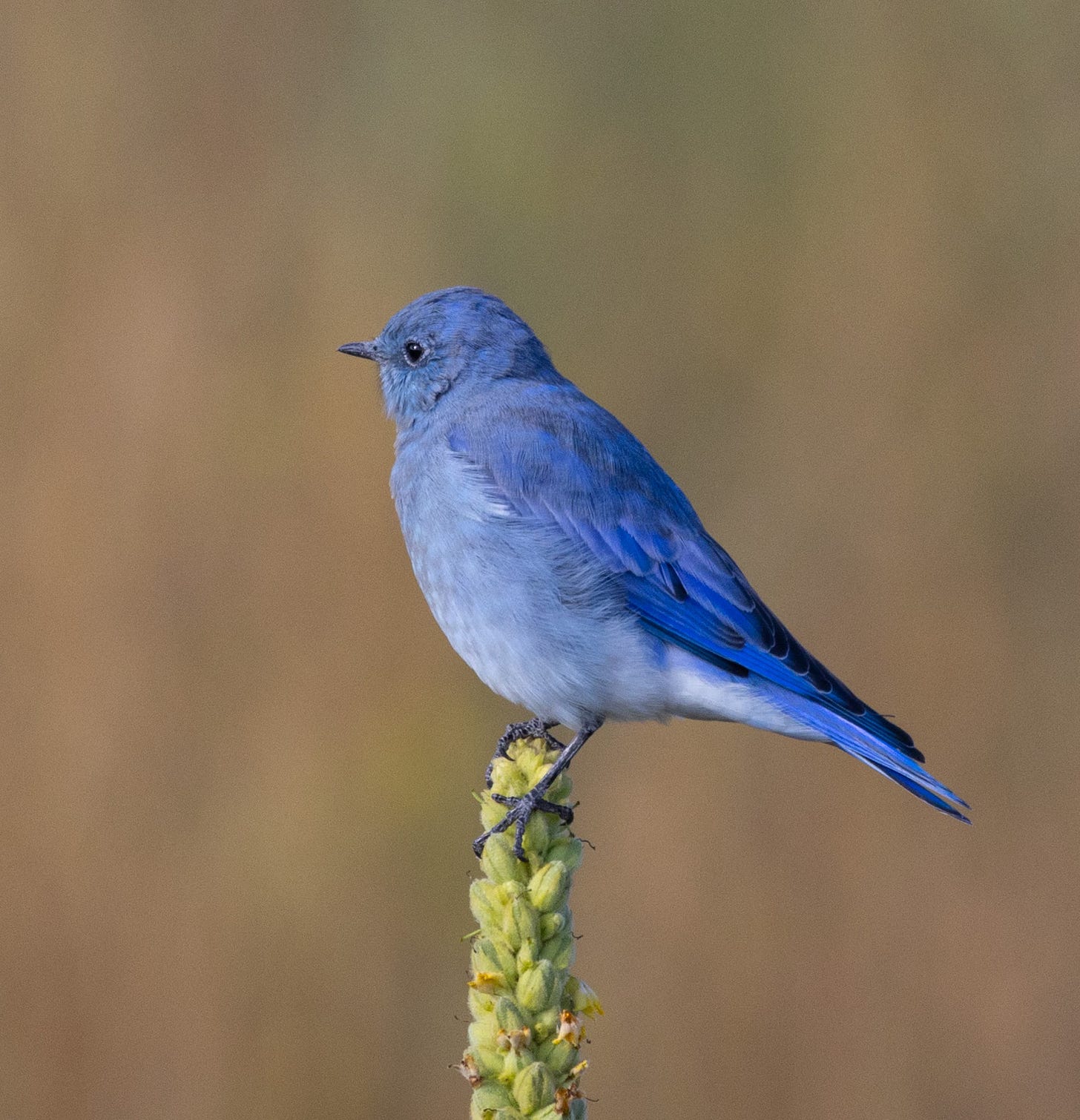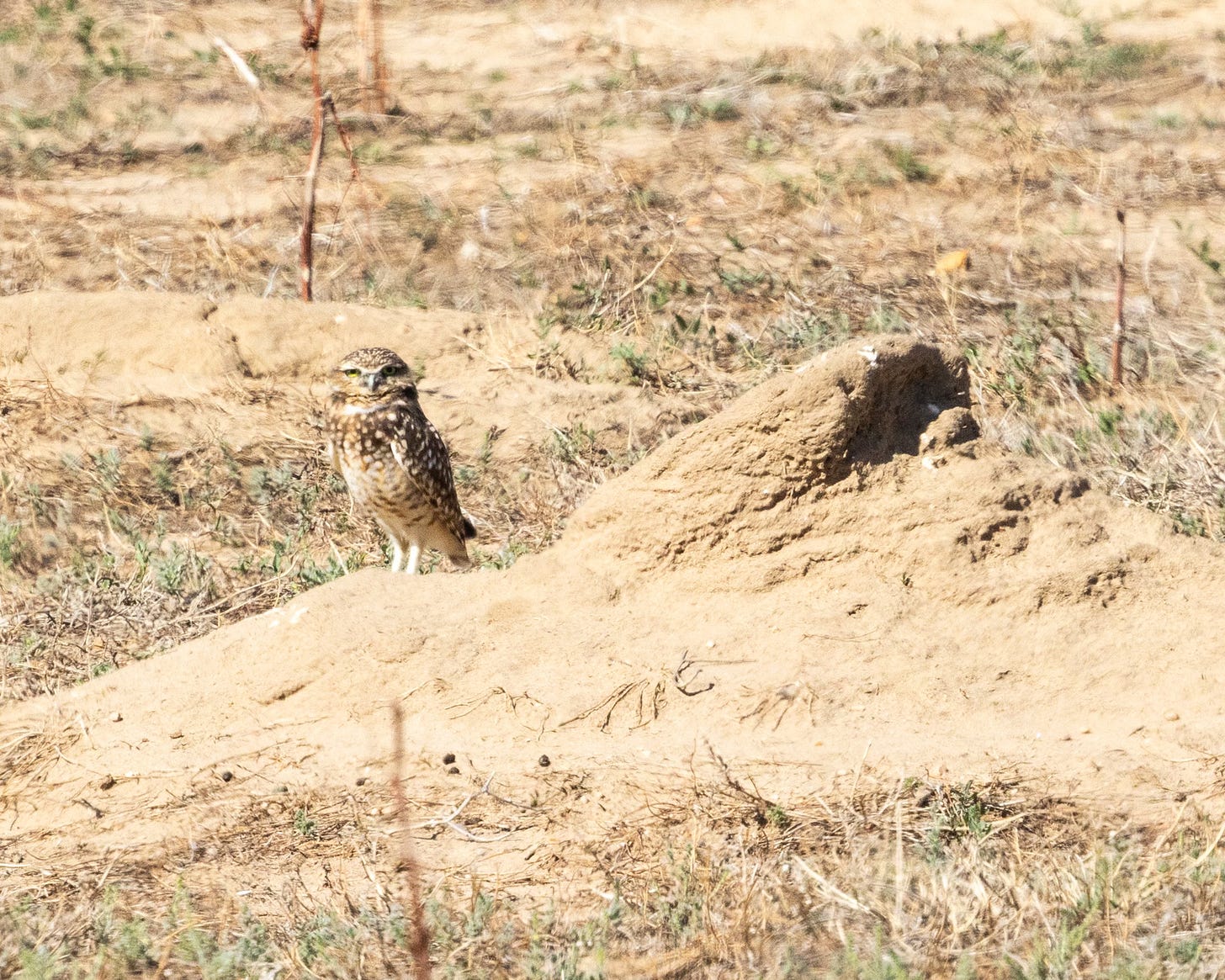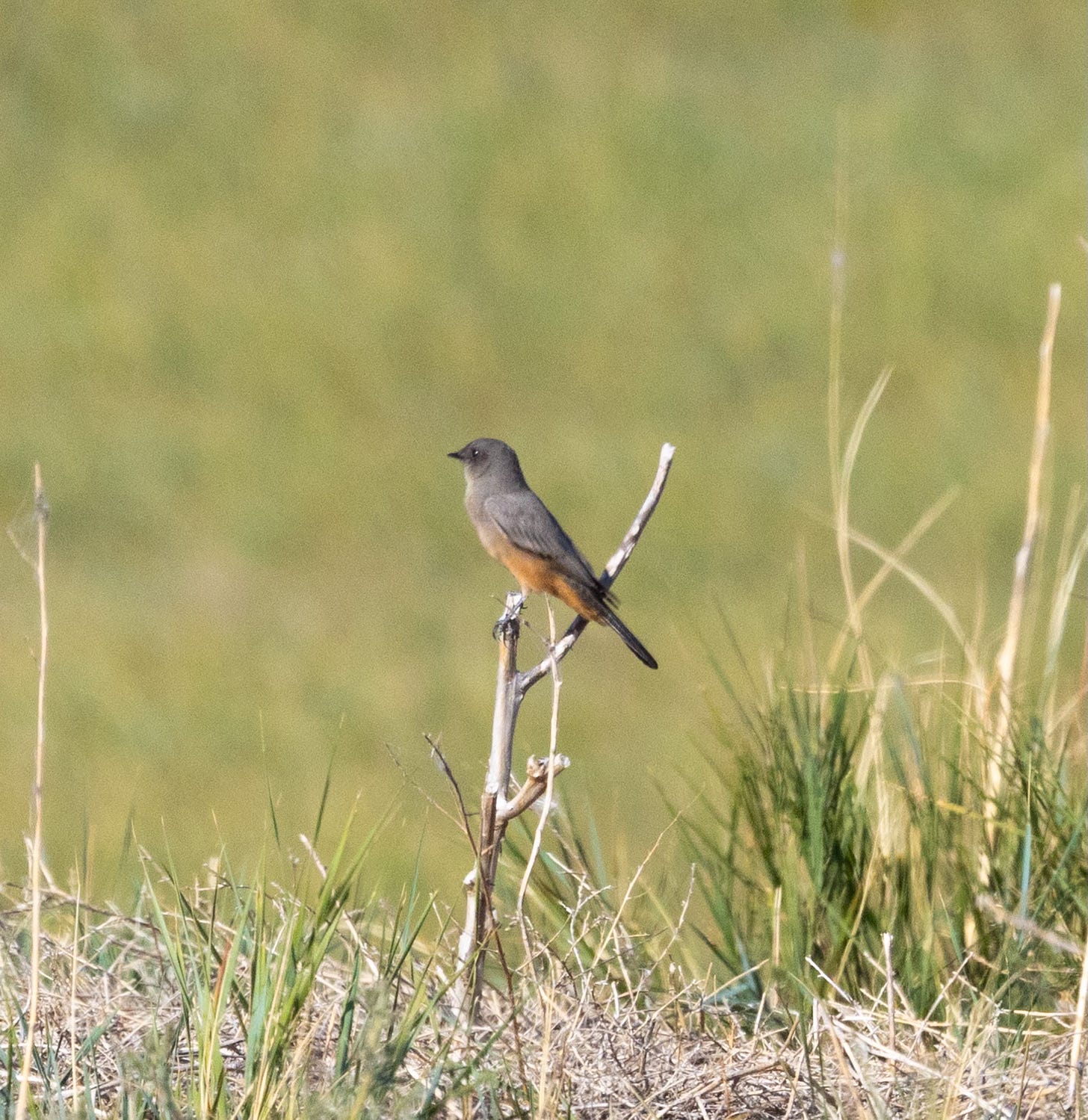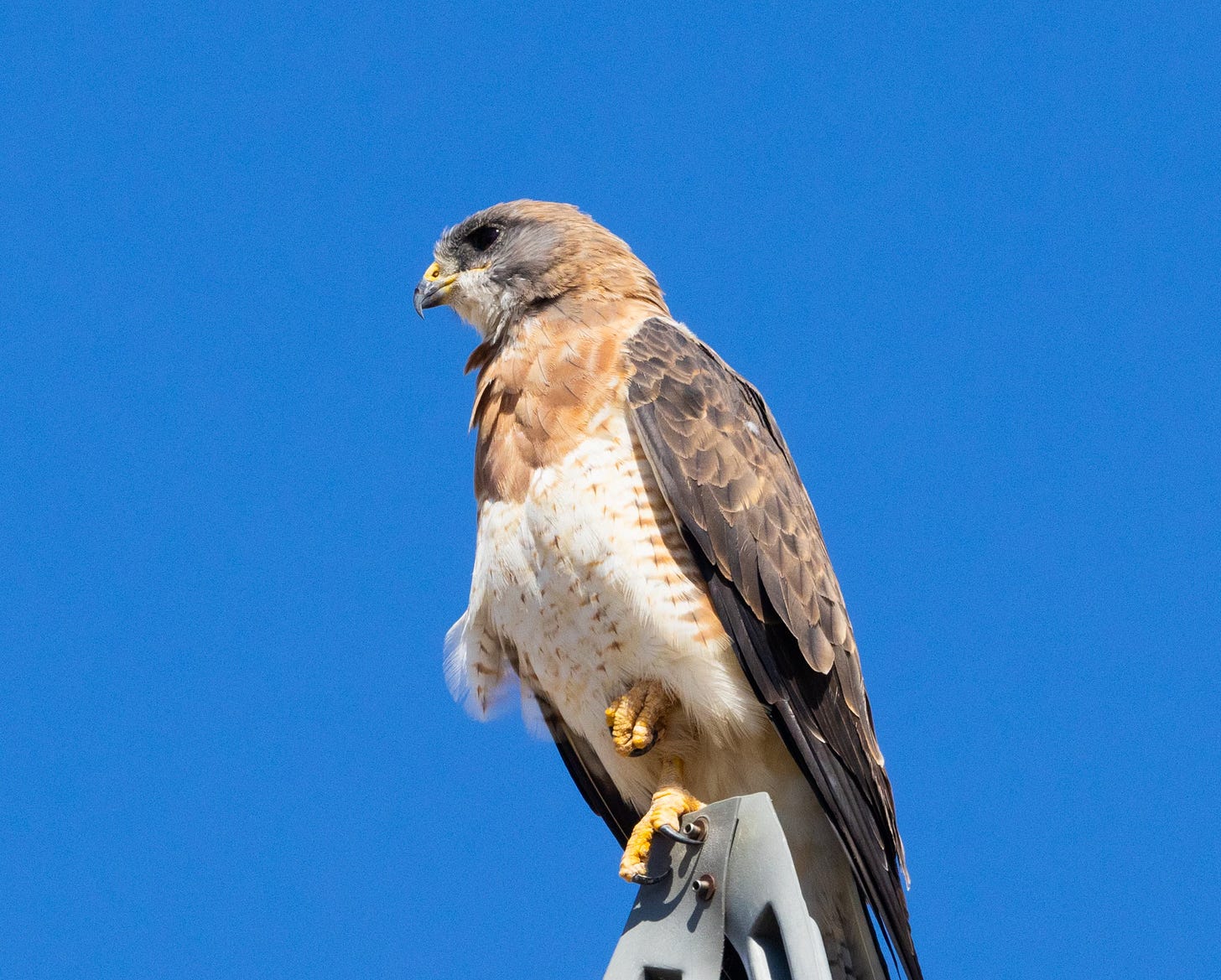1. Let’s start with a fun piece from the NYT on “setting the record straight” on the extinct Dodo: The dodo was a flightless bird about the size of a male turkey that had a long, hooked beak and the goofy charm of an emperor penguin. Its ancestor first appeared on Earth more than 25 million years ago, and by 1662, because of humans, it had vanished from Mauritius, a remote island in the Indian Ocean, the only place it ever existed. The dodo has since become fixed in society’s imagination as the very emblem of ineptitude, an evolutionary clown — an impression greatly helped by the bird’s appearance in “Alice’s Adventures in Wonderland” in 1865. Dr. Gostling was an author of a recent paper published in The Zoological Journal of the Linnaean Society that tries to set the record straight. (via The New York Times)
2. For seabird lovers, this is very concerning: In the mid-1970s, seabird researcher Rob Barrett set out in a rubber boat to survey one of Norway’s largest seabird colonies. Equipped with a camera and a pair of binoculars, he planned to photograph the Syltefjord colony, in the far north of the country, then, back on land, develop the photos and fit them together to create a panorama. After that, he would count the birds. As the boat drew closer to the cliffs, the gulls’ chattering increased to an overwhelming level. So did the smell. The cliffs rose 100 metres above him, kittiwakes filling every nook and crevice. It continued like that for five kilometres along the coast. Now, three decades of Barrett’s pictures from the Syltefjord colony, along with others gathered from museum archives, form the backbone point of a new series of before-and-after photographs showing the dramatic change to coastlines asseabirds have vanished. (via The Guardian)
By Hap Ellis, Mountain Bluebird - Eagle, Colorado.
3. And speaking of seabirds, this is pretty cool: Birders from around the state will meet up at Wisconsin Point in Superior this weekend with the hopes of seeing some rare birds. What started as an organized field trip for the Wisconsin Society for Ornithology is now more of an informal gathering of enthusiasts who jokingly coined the event as “Jaeger Fest” due to the volume of parasitic jaegers that frequent the beach area. Tom Schultz, field trip coordinator for the ornithology society, said the jaegers are the headliner. But the group of birders who gather on the beach sees plenty of gulls, warblers and sparrows, too. (via WPR)
4. Mystery solved (sort of): For migrating birds, fall brings difficulty and danger. To reach warm winter climes, many birds must fly hundreds or thousands of miles, expend immense amounts of energy and successfully dodge storms, skyscrapers and other potential threats. Still, scientists have long assumed that a basic trade-off made migration worth the gamble: Once birds arrived at their wintering grounds, they wouldn’t need to work so hard to stay warm, saving substantial amounts of energy. “But nobody ever tested this,” said Nils Linek, a behavioral ecologist at the Max Planck Institute of Animal Behavior in Germany. Now, Dr. Linek and his colleagues have done so. Their findings, based on a partially migratory population of German blackbirds, challenge the conventional wisdom. (via The New York Times)
5. All about the Capricorn silvereye (we had to look this bird up): A little yellow-and-white bird that prefers to date its mates in an idyllic island lifestyle rather than fly to the mainland to mingle is an example of avian species evolution in action, according to new Australian research. The University of the Sunshine Coast paper, published in Nature Scientific Reports, investigated the genetic divergence of the Capricorn silvereye population on Lady Elliot Island since the species was first observed there in the 1980s. The study found that the species, known for fast breeding and monogamy, had already developed genetic distinction in less than five decades on the southern Great Barrier Reef island. (via Phys Org)
6. The Great Migration – an artist’s view: Over 500,000 sandhill cranes migrate every year to the Platte River in Nebraska. Artist Katharen Wiese, a Nebraska native and 2024 Yale MFA graduate, saw something more in this than a yearly natural event – she saw an analogy for the flight of African Americans to the North during the 20th century. A local conservationist called this crane flight the Great Migration, the same term used by historians for the mass movement northward of African Americans between 1910 and 1970. Wiese’s family moved from Alabama to Nebraska in 1969 seeking opportunity. A core component of Wiese’s research was on cosmetic staining in cranes and other species using iron rich mud, a behavior sometimes called painting. (via Yale Peabody Museum)
By Hap Ellis, Burrowing Owl – Rocky Mountain Arsenal NWR, Commerce City, CO.
7. The anxiously awaited KIWI Bird of the Year: One of the world’s rarest penguins has been crowned New Zealand’s bird of the year, in an unusually sedate year for the competition, free from the foreign interference and voting scandals of previous events. The endangered yellow-eyed penguin, or hoiho, is the largest of New Zealand’s mainland penguin species and is distinctive for the pale yellow band of feathers linking the eyes. The hoiho, meaning “noise shouter” in Māori due to its shrill call, lives along parts of the South Island’s east coast and in the sub-Antarctic Auckland Islands. The shy, fishy-smelling species tends to live in native coastal forests, scrub or dense flax. There are believed to be roughly just 4,000 to 5,000 left in the world, according to the department of conservation, and its numbers are declining. (via The Guardian)
8. “Watch parties” for Vaux’s Swifts: The Vaux's Swift is a tiny bird – some people call it “a cigar with wings.” But every fall these little birds make a big trip, from summer breeding grounds in the Pacific Northwest down to their winter home in Central and South America. Along the way, many of them roost as a big flock in chimneys up and down the west coast. And their murmurations in the air – and simultaneously dive together into chimneys – are so spectacular that they draw crowds.There have been watch parties in Los Angeles, and Eugene – and in Portland the past couple weeks, crowds turned out night after night to see these little birds go to bed. It’s part of an annual tradition known locally as “Swift Watch.” (via National Public Radio)
9. Interesting research modeling the distribution of 30 threatened forest-dependent birds in the Pernambuco Endemism Center (Brazil): Investigating multi-taxa macroecological patterns can provide critical insights for spatial conservation planning and landscape management across biodiversity hotspots. The Pernambuco Endemism Center (PEC) is a biogeographic region of the Brazilian Atlantic Forest known to harbor the most threatened habitats in the Americas and a considerable number of recent bird extinctions. Here, we modeled the distribution of 30 threatened forest-dependent birds, 29 of which endemic to the PEC, to reveal key habitats/resources for their survival, identify conservation priority areas, and design ecological corridors. Overall, the environmental variables related to forest quality were important predictors of habitat suitability for the regional threatened avifauna. (via Nature)
By Hap Ellis, Say’s Phoebe - Rocky Mountain Arsenal NWR, Commerce City, CO.
10. Backpacks for birds: If you see a Swainson’s thrush (Catharus ustulatus) wearing a little backpack with an antenna at Jasper Ridge, don’t be alarmed – as hard as it may be to believe your eyes, the bird isn’t a robot spy, and you’re not hallucinating. It’s just the newest development in Jasper Ridge Biological Preserve ('Ootchamin 'Ooyakma)’s bird-banding and monitoring program. This summer, backpacks for birds has been the goal of a small team coordinated by Trevor Hebert, enlisting the help of our fantastic banding partners at SFBBO and beyond – especially Julian Tattoni and Katie LaBarbera – and including BSURP interns Noah Macias and myself, as well as SOAR intern Maya Xu. They’re not just any backpacks, though. These are Motus tags, and with luck they will be able to shed some light on the mysteries of Swainson’s thrush migration. (via Stanford Report)
11. Latest (and concerning) avian flu story: Bird flu has been spreading in dairy cows in the US—and the scale of the spread is likely to be far worse than it looks. In addition, 14 human cases have been reported in the US since March. Both are worrying developments, say virologists, who fear that the country’s meager response to the virus is putting the entire world at risk of another pandemic. The form of bird flu that has been spreading over the last few years has been responsible for the deaths of millions of birds and tens of thousands of marine and land mammals. But infections in dairy cattle, first reported back in March, brought us a step closer to human spread. Since then, the situation has only deteriorated. (via Technology Review)
12. “Lights Out Oregon”: Friday is another big night for birds in Oregon when a whopping 6.2 million birds are expected to fly over the state overnight. Bird Alliance of Oregon is asking people to turn off unnecessary lights overnight to help birds migrating over the state as part of the "Lights Out, Oregon" campaign that runs during the peak migration times between April 22 and May 16 and Sept. 19 and Oct. 19. (via Oregon Live)
By Hap Ellis, Swainson’s Hawk - Rocky Mountain Arsenal NWR, Commerce City, CO.
13. A different reason to go to Las Vegas: The Las Vegas National Wildlife Refuge announces the annual 2024 Concert for the Birds, a free event for birders and families alike, during the fall bird migration. Enjoy a 4.5-mile drive through the native short grass prairie grass lands, playa lakes, marshes, and croplands that are important habitats for a wide variety of migratory birds, including waterfowl, geese, eagles, and sandhill cranes. Activities will include bird ID, learning hayride tours, exhibitors, activities for kids, and beverages and refreshments on Saturday, Sept. 28 from 9 a.m. to 2 p.m. at the Visitor Center at the Las Vegas National Wildlife Refuge. The Visitor Center is located at 435 NM Highway 281, Mile Marker 4, Las Vegas, New Mexico. (via Las Vegas Optic)
14. Ever wonder which birds mate for life?: When it comes to love and marriage, bird mating habits aren’t much different than people. Birds meet and then carry on a courtship that includes dinner dates, dancing and just hanging out together. Birds, especially males, sing, show off a lot and wear flashy adornments just to impress females. Then if the two birds like each other, they become a pair, build a nest, raise youngsters, school them and send them off to form their own families. Also like people, pairs are not always faithful and will have flings with individuals other than their own mates. If the marriage doesn’t result in raising young, the pair may “divorce”, remarry and try again. Discover the monogamous birds that mate for life. (via Birds and Blooms)
15. Finally, check out these great photographs from Audubon: One of the many reasons we love bird photography is its ability to provide us with intimate glimpses into the lives of avians: fascinating behaviors caught mid-act; parents feeding hungry—and ridiculously cute—chicks; a Cedar Waxwing gorging on the berries of a native plant. But what happens when you zoom out? For 2024, the Audubon Photography Awards introduced an exciting new category: The Birds in Landscapes Prize. The motivation? To inspire photographers to not just capture extraordinary images of birds, but to also show the diverse environments—natural and manmade—they live and thrive in. Capturing a bird within this larger context delivers a different sort of challenge, one that can also provide a new way of understanding the subject and its home. (via Audubon)
Bird Videos of the Week
Cornell Live Bird Cam - Campus Visitors.
Cornell Live Bird Cam - Precious Moments.








